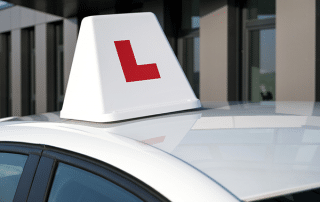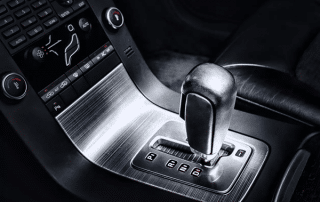The Importance of Driving Education and Road Safety
Driving is an essential skill that empowers individuals with independence and freedom. Aspiring drivers, particularly learner drivers, often enrol in driving schools to acquire the necessary knowledge and skills to navigate the roads safely. In recent years, automatic cars have gained popularity, and consequently, automatic transmission has become a vital aspect of driver’s education.
An automatic transmission simplifies the process of operating a vehicle, especially for novice drivers. Unlike manual transmissions, which require the use of a clutch and gear shift, automatic cars eliminate the need for these additional manoeuvres. This feature allows learner drivers to focus more on their surroundings and become acquainted with essential traffic rules and road safety practices.
Driving schools play a crucial role in shaping responsible and competent drivers. A comprehensive driver’s education program should include training on automatic cars to cater to the increasing demand for such vehicles. Experienced driving instructors guide learners through various driving techniques, emphasizing the importance of defensive driving.
Defensive driving is a crucial aspect of driver’s education. It encompasses a range of skills and techniques that enable drivers to anticipate potential hazards, prioritize road safety, and prevent accidents. Advanced vehicle control systems, such as lane-keeping assist, adaptive cruise control, collision avoidance systems, emergency braking, and parking assist, can enhance the effectiveness of defensive driving.
These systems offer learners additional layers of safety, helping them navigate traffic, recognize traffic signs, and monitor blind spots. Lane departure warning systems and blind-spot monitoring devices provide alerts when a driver deviates from their lane or when there is a vehicle in their blind spot, respectively. By integrating these technologies into driver’s education, learners gain a comprehensive understanding of vehicle control systems and their role in enhancing road safety.
A driver’s education curriculum should cover various driving scenarios, including parallel parking, reverse parking, three-point turns, intersection navigation, lane changing, merging into traffic, and overtaking. These practical driving exercises familiarize learners with different road situations and instil confidence in their driving abilities.
Furthermore, driver’s education programs should emphasize hazard perception and promote proper mirror usage, indicator and signal communication, and understanding of right-of-way principles. Pedestrian safety and cyclist awareness should also be highlighted, promoting a culture of respect and consideration for vulnerable road users.
While driving skills are essential, knowledge of traffic laws and regulations is equally crucial. Learners must develop a thorough understanding of traffic control measures, road markings, traffic signals, and the importance of adhering to traffic rules. This knowledge is vital for passing the automatic driving test and obtaining a driver’s license.
Driving schools should also educate learners about the dangers of distracted driving, including cellphone use while driving, drug-impaired driving, and fatigue management. Additionally, they should emphasize the significance of seat belt usage, defensive space management, and eco-friendly driving practices such as fuel-efficient driving, hybrid vehicle driving, and electric vehicle driving.
As driver’s education evolves, it is essential to adapt the curriculum to incorporate emerging technologies and trends. With the rise of autonomous vehicles, learners should gain a basic understanding of their features and limitations. Understanding how to interact safely with autonomous vehicles is crucial for the future of road safety.
In conclusion, the automatic transmission has become an integral part of driver’s education, catering to the increasing popularity of automatic cars. Driving schools must offer comprehensive programs that cover traffic rules, road safety, defensive driving techniques, and the effective use of vehicle control systems. By equipping learner drivers with the necessary knowledge and skills, we can foster responsible and safety-conscious individuals who contribute to a safer and more efficient road environment.











